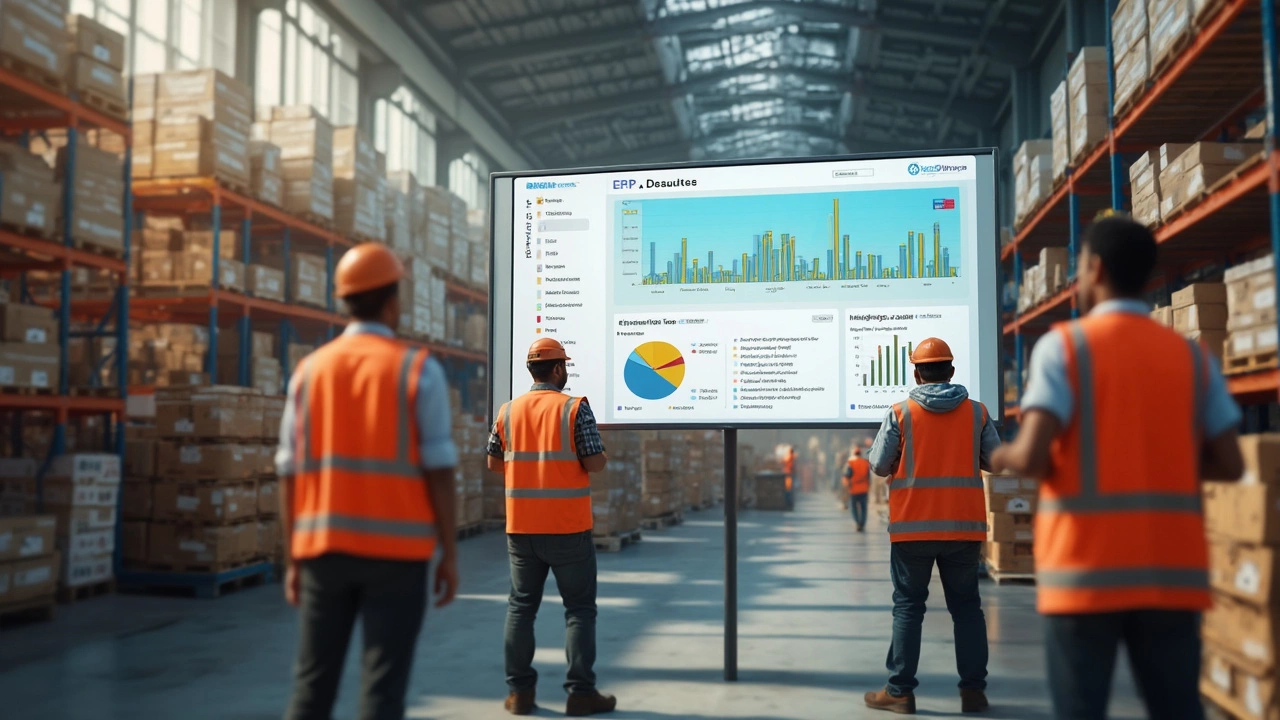Inventory Management: Easy Tips to Keep Your Stock Flowing
Got too many items piled up or constantly running out of the right product? It’s a common headache for any business that handles physical goods. The good news is you don’t need a massive tech rollout to get a grip on it. Simple habits, the right tools, and a clear process can turn inventory chaos into smooth sailing.
At StockOne Logistics we see the same problems across industries, from small e‑commerce shops to large manufacturers. What works for a boutique online store often scales up with a few tweaks. Below you’ll find practical steps you can start using today, plus quick pointers on how our services fit into each stage.
Why inventory matters for every business
Inventory is the bridge between what you sell and the cash you earn. Too much stock ties up money, adds storage costs, and risks spoilage. Too little stock means missed sales and unhappy customers. Balancing that bridge is the core of a healthy supply chain.
When you track inventory accurately, you gain three big advantages:
- Better cash flow: Knowing exactly what’s on hand lets you order just enough to meet demand.
- Faster order fulfillment: Workers spend less time searching for items and more time packing and shipping.
- Improved forecasting: Real‑time data shows trends so you can plan promotions, seasonal spikes, and new product launches.
All of these win backs time and money, which lets you focus on growth instead of firefighting.
Quick ways to tighten your inventory
1. Do a weekly audit. Spend 20‑30 minutes each week counting high‑value or fast‑moving items. It’s faster than a full‑scale count and catches errors early.
2. Label everything. Barcode or QR labels turn manual counting into a scan‑and‑go job. Even a cheap smartphone scanner can do the trick if you don’t have an advanced system.
3. Set reorder points. Decide the minimum quantity that should trigger a new purchase order. Most inventory software lets you automate this, but you can also use a simple spreadsheet.
4. Use a cloud‑based WMS. A Warehouse Management System (WMS) tracks stock in real time, syncs with your sales platform, and reduces human error. Our guide on What Does WMS Mean? breaks it down for 2025.
5. Partner with a reliable logistics provider. When you outsource storage and shipping to a partner like StockOne, you gain access to optimized warehouse layouts, automated picking, and integrated reporting. That means fewer stockouts and lower handling costs.
6. Review slow‑moving items. Anything sitting on the shelf for more than three months should be discounted, bundled, or returned to the supplier. Clearing space frees up room for high‑turn items.
7. Track inventory KPIs. Keep an eye on metrics like inventory turnover ratio, days of inventory on hand, and order accuracy rate. Small shifts in these numbers often reveal bigger process gaps.
Implementing even a few of these steps can shave hours off your weekly routine and boost order accuracy. Need help setting up a WMS or redesigning your warehouse flow? StockOne’s team can audit your current setup and recommend the right technology stack.Remember, inventory isn’t a set‑it‑and‑forget‑it system. Treat it like a living part of your business, adjust as demand changes, and you’ll keep cash moving forward instead of getting stuck in a pile of boxes.
Logistics Software: How It Works and Why It Matters
This article breaks down how logistics software really works, from tracking shipments to syncing up inventory and automating tasks. Find out what goes on behind the scenes when you place an order, and why logistics software is a game changer for businesses. You'll get a peek at the latest features, tips on avoiding common headaches, and real-world examples of how companies are saving time and money. If you've ever wondered how your packages move so fast, you're about to get the inside scoop. Perfect for anyone curious about modern supply chains and tech-driven efficiency.
Read MoreERP in a Warehouse: Why It Matters for Your Operations
Curious about ERP in a warehouse? This article breaks down what ERP means and why it's a game changer for warehouse operations. Discover how ERP systems help keep inventory in check, streamline processes, and prevent costly mistakes. You'll get firsthand tips for choosing and using the right ERP system for your warehouse. Learn how even small warehouses can benefit and save serious time and money.
Read More
